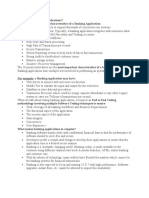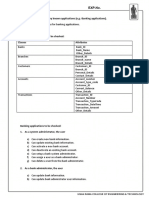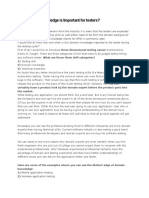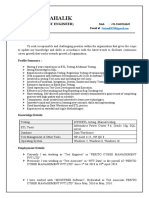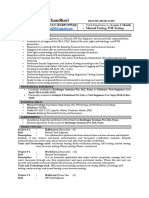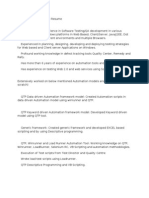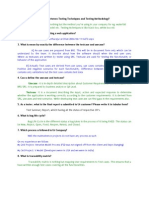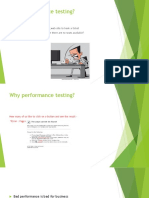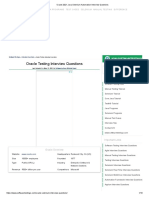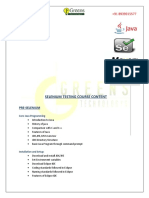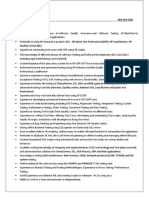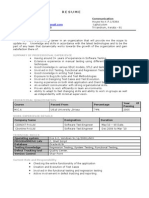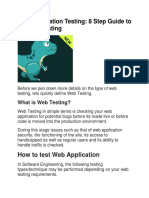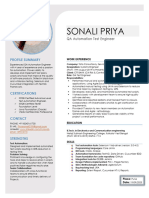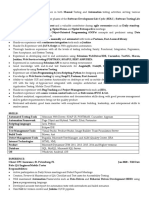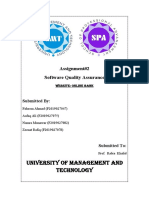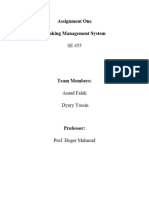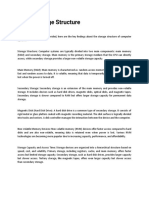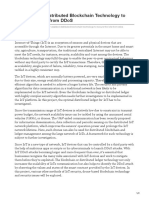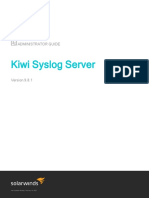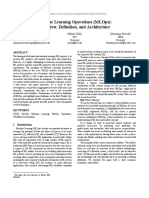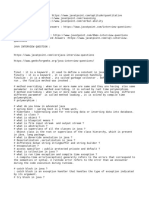0% found this document useful (0 votes)
2K views7 pagesBanking Domain Application Testing
The document discusses testing of banking domain applications. It provides an overview of banking domain testing, characteristics of banking applications, stages of testing banking applications, and sample test cases for a banking login application. Key challenges in testing banking domains are also discussed along with mitigation strategies.
Uploaded by
nur hafizah mohd mustafaCopyright
© © All Rights Reserved
We take content rights seriously. If you suspect this is your content, claim it here.
Available Formats
Download as DOCX, PDF, TXT or read online on Scribd
0% found this document useful (0 votes)
2K views7 pagesBanking Domain Application Testing
The document discusses testing of banking domain applications. It provides an overview of banking domain testing, characteristics of banking applications, stages of testing banking applications, and sample test cases for a banking login application. Key challenges in testing banking domains are also discussed along with mitigation strategies.
Uploaded by
nur hafizah mohd mustafaCopyright
© © All Rights Reserved
We take content rights seriously. If you suspect this is your content, claim it here.
Available Formats
Download as DOCX, PDF, TXT or read online on Scribd
/ 7

